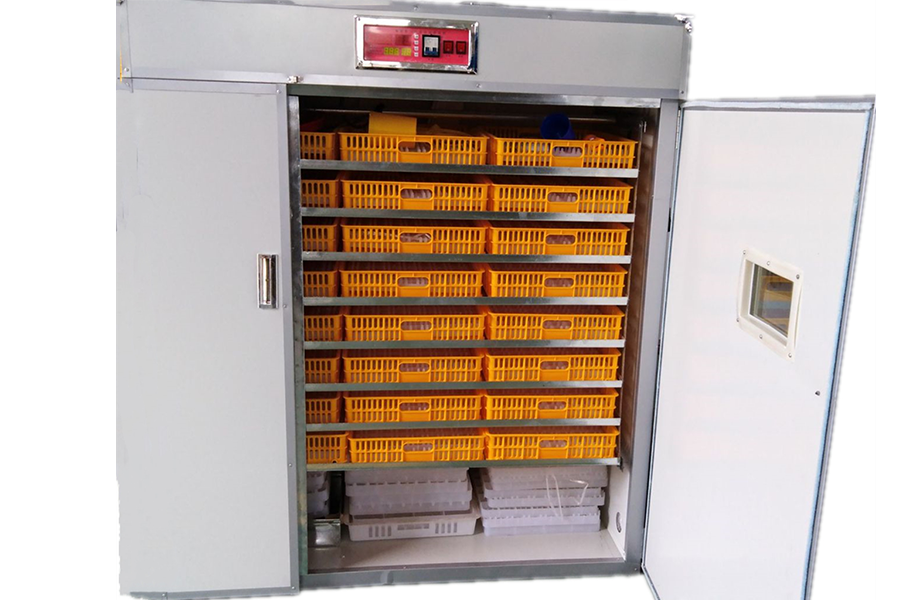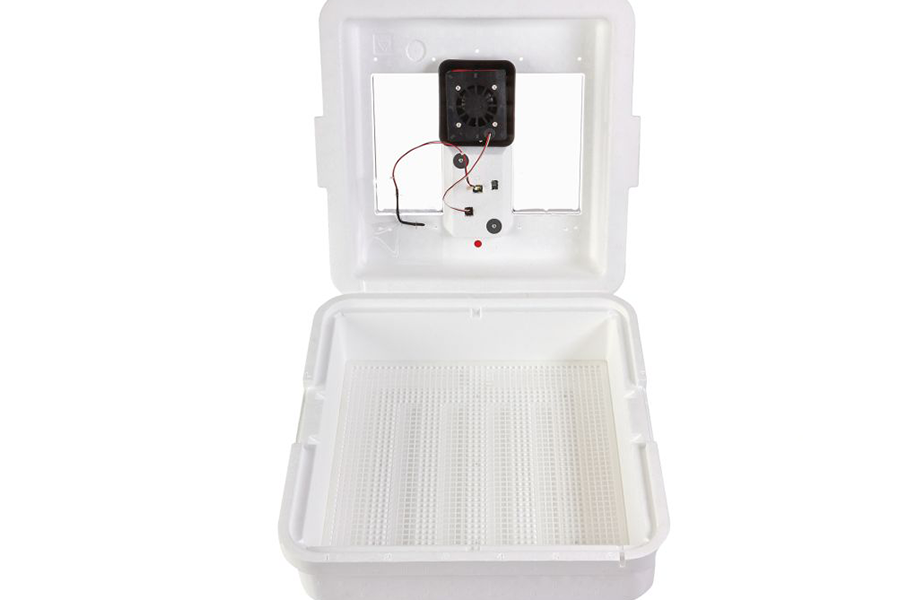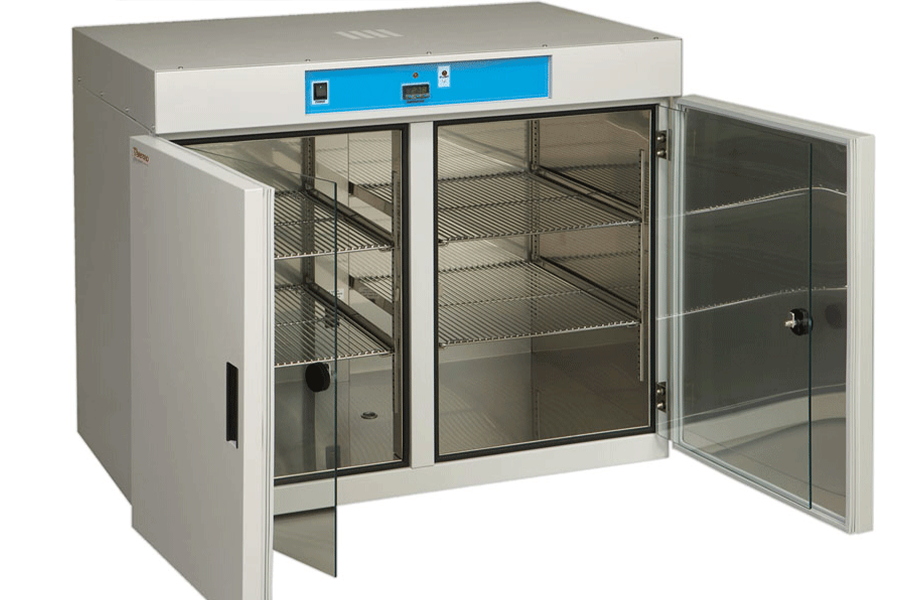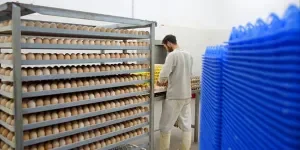While egg incubators may seem like a straightforward machine to pick from any outlet, that could not be further from the truth. With the many types to choose from and the different methods of incubation that they employ, seeking professional advice may be necessary. This guide will touch on all that a business needs to know before purchasing one.
Table of Contents
Global market share of egg incubators
Key tips to consider when choosing egg incubators
Types of egg incubators
Target market for egg incubators
Global market share of egg incubators
The global market share of egg incubators in 2020 was US$ 77 million. Egg incubation is divided into 3 categories, small (0 – 1,000), medium (1,000 – 6,000) and large incubation (over 6,000). There are, however, large industrial incubators that hold up to 124,000 eggs. The incubators that sell the most are the small ones, which have a share of 45% of total sales. The largest market for eggs is Europe with 30%. They’re followed closely by the Asia Pacific region and America, which hold a combined share of 50%.
Key tips to consider when choosing egg incubators
Below are a few essential factors to be considered when selecting an egg incubator.
Power source
Incubators require a steady supply of heat. The incubator should be able to hold heat for long periods, even when there is a power blackout. Besides this, there should be an alternative power source such as a backup generator or battery. This ensures a steady electricity supply.
Structure
A good incubator should have enough air space through which air can circulate freely, and other activities can be performed, such as placing the eggs and turning them.
Location of the incubator
This is important because of viewing windows. A business can implement viewing windows when there is a need from many people who want to view the incubator. However, if this is not the case, the incubator can be placed anywhere.
The number of eggs to be hatched at a time
The reason for hatching determines this. Incubators bought for commercial purposes will have large capacities of up to 1000 eggs. On the other hand, domestic purposes could use incubators with a capacity of 50 eggs.
The size of eggs to be hatched
Different birds produce eggs of different sizes. An egg hen is smaller than a goose egg. A quail egg is much smaller than a hen’s egg. Businesses will need a bigger incubator for goose or duck eggs than for quail or hen eggs.
Frequency of use
A business looking to enter into regular production will require an incubator suited for production. For example, the Hova-Bator is an incubator with an inner sanitation liner that can be easily cleaned and another hatch placed almost immediately.
Available operation time
Eggs in an incubator need to be turned frequently. Depending on the operator’s availability, the eggs can be turned manually or using an automatic turner. An automatic turner may be suitable for large businesses producing eggs for commercial purposes.
Types of egg incubators
Forced-air incubator
A forced-air incubator employs mechanical means such as a fan to circulate air around the incubator.

Features:
- They have fans to push hot air to the bottom of the incubator.
- They have interior lighting.
- They come with double doors.
Pros:
- They easily maintain humidity at a constant level.
- They achieve a set temperature faster than still air incubators.
Cons:
- They are costlier to maintain due to high power consumption.
- They can be tricky to operate.
Still air incubator
A still air incubator uses natural convectional currents for internal air circulation. This means that warm air remains on top of cold denser air.

Features:
- The natural movement of air achieves air circulation.
- They make use of normal air movements for incubation.
- They have self-diagnostic safety features.
- They have fiberglass insulation.
Pros:
- They are easier to maintain compared to the forced-air convection incubator.
- They are easy to operate.
Cons:
- There is an uneven distribution of a constant temperature across the incubator.
- Changing temperature may take a longer time.
Convectional incubator
A convectional incubator uses ventilation holes to allow air inside.

Features:
- They have ventilation air holes on the top, side, and bottom.
- They use normal convectional currents for ventilation.
Pros:
- They can be made from recycled materials.
- They are easy to acquire and operate.
Cons:
- They are prone to air drying due to the ventilation air holes.
Target market for egg incubators
Egg incubators are expected to sell further. It is projected that eggs will have a CAGR of 5.2% until 2027. Total sales are expected to get to US$ 109.8 million. Europe will remain the largest consumer of eggs, with the North America and Asia Pacific regions following closely. Poultry meat consumption is also expected to increase. The global per capita consumption of poultry is 15-16 kgs. Since poultry is cheaper than other meat types, its demand is expected to rise, increasing the demand for egg incubators.
Conclusion
Business buyers may sometimes find themselves in unfamiliar territory when looking for egg incubators, especially when venturing into a business. The inability to tell apart which egg incubator is best for their model may cost them money. For this reason, this guide comes in handy. We’ve seen the three types of incubators, their advantages and disadvantages, and their unique features. More information on buying egg incubators can be found in the egg incubators section of Alibaba.com.




